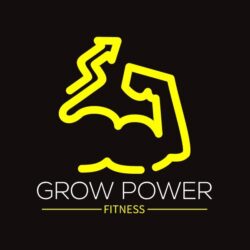Are you trying to develop a powerful, defined upper body? If so, adding a pull day workout to your fitness regimen can aid in the achievement of your objectives. Pull exercises mainly work the back, shoulders, and arm muscles, which improves strength, muscle growth, and overall appearance. We’ll walk you through a thorough pull day training regimen in this post, complete with warm-up exercises, primary and secondary pull exercises, accessory movements, and advice for getting the best results.
Stretching dynamically to improve upper body mobility
Warming up your muscles and enhancing their mobility is crucial before beginning the challenging pull exercises. Start with upper body-focused dynamic stretching exercises. These exercises will warm up your joints, improve blood flow, and prime your muscles for the upcoming activity.
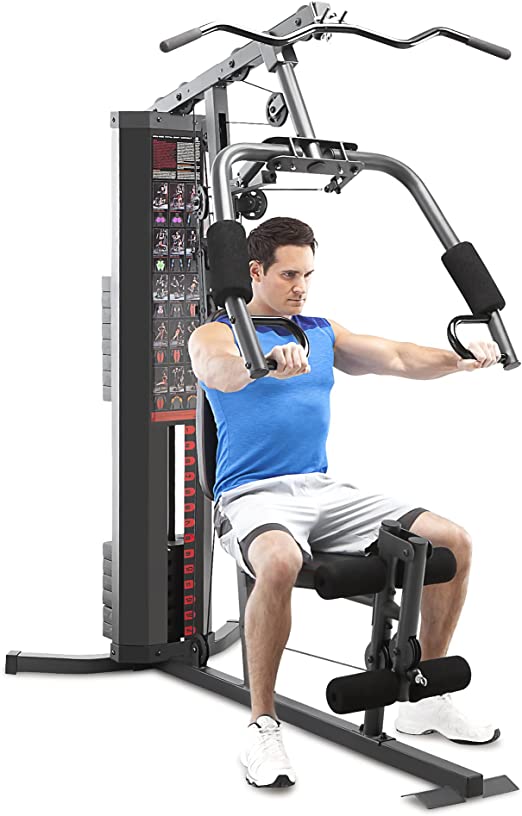
Marcy 150-lb Multifunctional Home Gym Station for Total Body Training
Exercises to activate the back and shoulder muscles
Next, engage your back and shoulder muscles with workouts that are known as activation exercises. These exercises serve to strengthen the mind-muscle connection and engage the muscles that your pull day training will focus on. Exercises for activation that are effective include shoulder rotations, band pull-aparts, and scapular retractions.
For a full pull day workout, the fundamental pull exercises
Primary pull exercises must be a part of your regimen if you want to develop a strong and muscular upper body. These workouts work out the entire body by concurrently working several muscle groups. Let’s examine some important primary pull drills:
Various forms of pull-ups for a strong back and arms
Any pull-day routine must include pull-ups as a core workout. They concentrate on the latissimus dorsi (lats) muscles, which give your back its width and thickness. Pull-ups also work your shoulders, forearms, and biceps. Wide-grip pull-ups, chin-ups, and neutral-grip pull-ups are variations that have special advantages and train different upper body muscular groups. While chin-ups provide more attention on the biceps, wide-grip pull-ups emphasize the lats and outer back muscles. You can efficiently target all areas of your upper body by incorporating various pull-up variations into your program.
Bent-over rows to develop a strong upper body
Another essential exercise for building a muscular and strong upper body is bent-over rows. The rhomboids, traps, and rear delts are among the upper back muscles that this exercise particularly targets. Additionally, bent-over rows work the forearms and biceps, making them a complex exercise that enhances upper-body strength and muscle growth.
Lat pulldowns for back-muscle targeting
Lat pulldowns are a great substitute for or addition to pull-ups, particularly for individuals who are unable to do them correctly or who are still working on gaining the required strength. The same muscles that pull-ups focus on, especially the lats, are targeted by this exercise, which offers more control and resistance adjustment. Lat pulldowns give the upper body a well-rounded workout by working the biceps and rear delts as well.
Cable face pulls for posture and shoulder stability
For general upper body strength and attractiveness, good posture and stable shoulders are crucial. Targeting the rear delts, rhomboids, and upper back muscles with cable face pulls is a very effective workout. This exercise strengthens the rotator cuff, enhances posture, and guards against shoulder problems. Your pull day regimen will benefit from using cable face pulls if you want a balanced and well-rounded upper body.
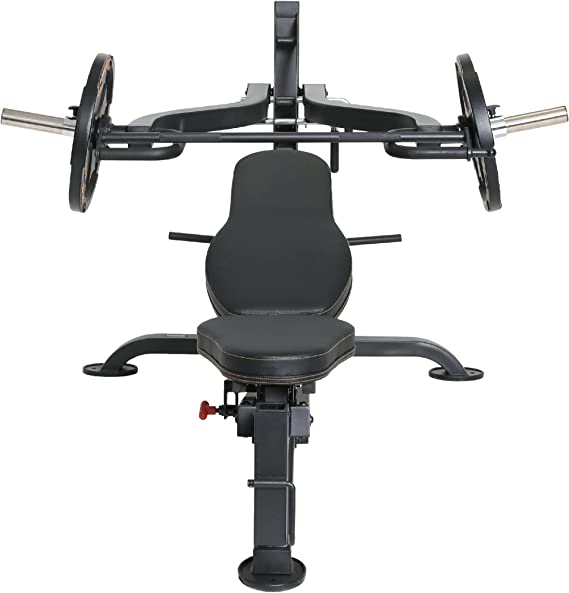
Powertec Fitness Workbench Multi Press – Adjustable Gym Equipment for Home – Multifunctional Bench Press – Universal Exercise Equipment for Strength Training
Additional pull exercises to build your upper body
Including secondary pull exercises in your regimen in addition to the primary pull exercises can further improve the development of your upper body. For optimum results, use exercises that isolate particular muscle groups and add volume and stimulus.
Dumbbell curls to develop your biceps
One of the most popular exercises for the biceps is the dumbbell curl. Dumbbells let you to concentrate on each arm separately, guaranteeing balanced growth and enabling a wider range of motion. Dumbbell curls also work the forearms, improving the overall strength and appearance of the arm.
Hammer curls to build forearm power
Bicep curls can be modified to target the brachialis muscle, which is located below the biceps, with hammer curls. This exercise improves forearm strength and grip in addition to arm size and definition. Hammer curls can help you develop a well-rounded upper body and functional strength by being incorporated into your pull day routine.
Reverse flies to strengthen the shoulders and upper back
The upper back, posterior deltoids, and rear delts are the main muscles targeted with reverse flyes. This exercise serves to strengthen the upper back, balance the shoulder muscles, and improve posture. Reverse flyes can help you build a more symmetrical and visually beautiful upper body as part of your workout.
Exercises you can do in addition to your pull-day routine
Along with the basic and secondary pull exercises, including accessory movements to your pull day regimen will boost total upper body development and offer extra advantages.
Farmer’s walks to improve core stability and grip strength
The back, shoulders, forearms, and core are all worked out concurrently during farmer’s walks, a functional exercise. You can increase grip strength as well as core stability and upper body strength by carrying heavy weights in each hand and walking a set distance or duration.
A shrug for powerful traps
The trapezius muscles, which give the illusion of a well-developed upper back, are the ones that shrugs principally target. This workout emphasizes the traps while boosting size and definition in the upper back region. It involves raising heavy weights and pressing the shoulder blades together. A strong and well-defined upper back will result from include shrugs in your pull-day regimen, which will improve your entire physique.
Band pull-apart exercises for better posture
The upper back muscles can be strengthened and posture can be improved by performing band pull-aparts. Holding the resistance band out in front of you with your arms outstretched, squeeze your shoulder blades together as you draw the band apart. This exercise encourages appropriate alignment and a more assured posture, helping to combat the negative consequences of extended sitting and slouching.
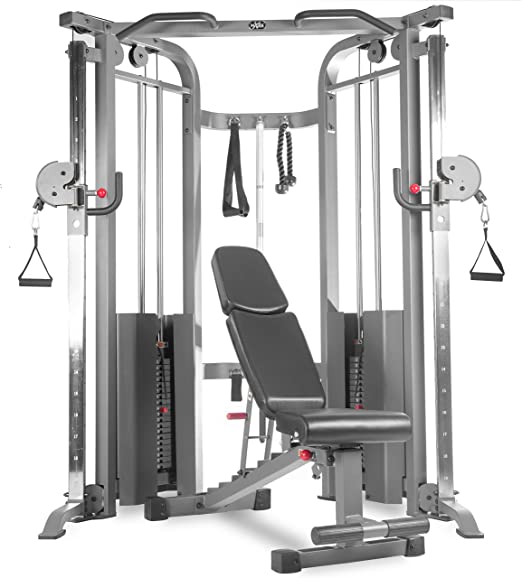
XMark Home Gym Functional Trainer Cable Machine, Dual Adjustable Pulley Machine with 200 lb Weight Stacks, Upgraded Accessories and Weight Bench Options Available
Advice for making the most of your pull-day exercise
Consider the following advice to make the most of your pull day routine:
Gradual overload for ongoing gains
One of the foundational ideas of strength training is progressive overload. Increasing the weight, reps, or sets over time will challenge your muscles more frequently, promoting muscular growth and strength improvement. Attempt to gradually increase the load on your pull workouts to ensure continuous improvement and avoid plateaus.
Proper etiquette and technique for maximum impact
When working out on pull day, it’s important to keep good form and technique in order to target the right muscles and avoid injuries. Keep your attention on performing each exercise with deliberate, controlled motions that engage the target muscles across the full range of motion. To ensure proper form, if necessary, seek advice from a competent fitness practitioner.
Rest and recuperation for promoting muscular growth and avoiding injuries
Muscle growth and injury prevention depend on giving your muscles time to rest and repair. Include rest days in your fitness plan, and make sure you get adequate restful sleep. To improve recovery and maintain flexibility, take into account adding stretches and mobility drills.
Example of a pull day exercise program
Here is an example pull day workout schedule to help you plan your training session:
Warm-up:
Dynamic stretching for five minutes: arm circles, shoulder rolls, and torso twists
Scapular retractions and band pull-aparts (2 sets of 10 reps each) are activation exercises.
The main pull workouts are:
3 sets of 8–10 reps of pull-ups
Three sets of 10 to 12 reps of bent-over rows
Pull-ups of the lats (3 sets of 10–12 repetitions)
Pulls with a cable (3 sets of 12–15 repetitions)
Additional pull workouts
3 sets of 10–12 repetitions of dumbbell curls
Three sets of 10 to 12 repetitions of hammer curls
3 sets of 12–15 repetitions of reverse flys
Additional exercises:
3 sets of 30–40 meter farmer’s stroll
(3 sets of 10–12 repetitions) shrugs
Pull-aparts with a band (3 sets of 15-20 repetitions)
Keep in mind to modify the weight and intensity as you advance, keeping in mind your level of fitness.
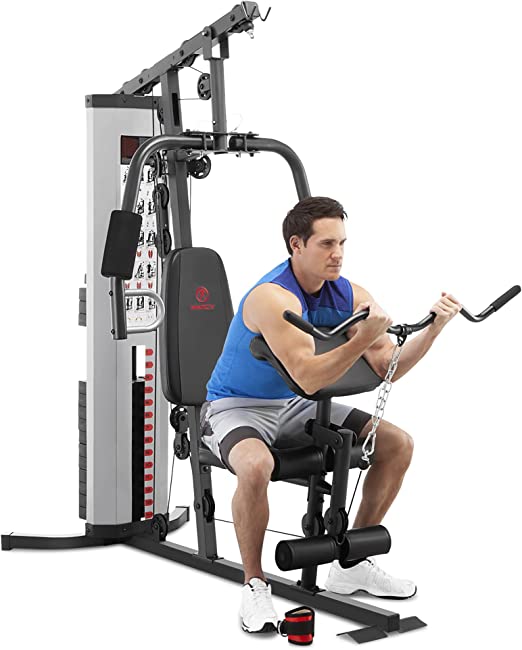
Marcy Multifunction Steel Home Gym 150lb Weight Stack Machine
Common errors to avoid when working out on pull days
Keep an eye out for these typical errors to guarantee the best outcomes and avoid injuries:
Using poor form: Stand up straight, refrain from swinging or jerking, and concentrate on controlled contractions.
Missing out on warm-up and activation exercises can have a negative impact on performance and raise the chance of injury.
Not including a variety of activities: To successfully target various muscle groups, aim for a wide range of pull exercises.
Overtraining or skipping rest days: Give your muscles enough time between sessions to recuperate and grow.
Ignoring nutrition and hydration: To enhance muscle recovery and performance, fuel your body with a balanced diet and stay hydrated.
Nutrition and supplements for the best outcomes
Prioritize a well-rounded diet with lean proteins, complex carbohydrates, healthy fats, and an abundance of fruits and vegetables to support your pull day workout and maximize your results. For muscle growth and repair, adequate protein consumption is particularly crucial. Aim to eat a diet high in protein-rich foods, such as tofu, lean meats, chicken, fish, eggs, and dairy products.
Consider including supplements that can improve your performance and recuperation in addition to nutrition. Particularly post-workout, whey protein powder can offer a quick and easily digestible supply of protein. BCAAs, or branched-chain amino acids, help speed up muscle repair and lessen discomfort. During intense workouts, creatine monohydrate may increase strength and power production. Before beginning any supplementation program, you must, however, speak with a medical expert or certified dietician.
Additionally essential for good performance and recuperation is hydration. Make sure you’re fully hydrated before, during, and after your workouts by drinking lots of water throughout the day. Drinking water aids the transport of nutrients to your muscles and supports maintaining healthy body functions.

Altas Strength Home Gym Smith Machine with Pulley System Gym Squat Rack Pull Up Bar Upper Body Strength Training Leg Developer Light Commercial Fitness Equipment Included Accessories 3058
Advantages of combining push and leg movements into your cross-training
While pull day workouts are crucial for building a powerful and sculpted upper body, it’s also necessary to incorporate push and leg movements into your routine to keep things balanced. By using a variety of workout modalities, you can cross-train to work all major muscle groups, increase overall strength, and advance functional fitness.
Push exercises that target the chest, shoulders, and triceps, such as push-ups, bench presses, and shoulder presses, are a great addition to a pull-day workout. Large muscular groups in the lower body are used during leg exercises like squats, lunges, and deadlifts, which help build general strength, power, and muscle.
Push and leg exercises help you promote muscular balance, lower your risk of injuries due to muscle imbalances, and develop a well-balanced physique.
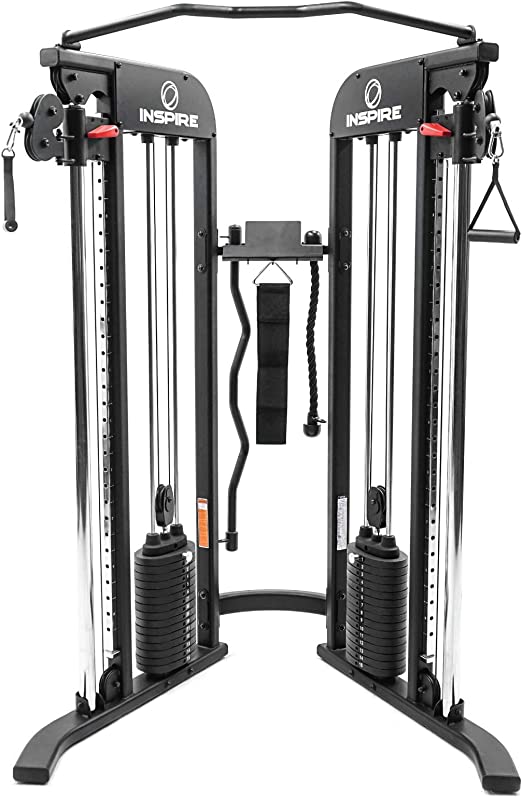
Inspire Fitness FTX Functional Trainer
Key Features and Benefits:
- Isolate each pulley – two weight stacks & inventive engineering allow for independent movements
- Complete freedom – thirty swivel pulley positions provide movement in any direction for unrestricted exercises
- Included accessories – triceps rope, pair of deluxe D handles, chin/dip belt, curl bar
- Options available – Bench, Ab Bar. Resistance ratio is 1:2
- Warranty – Residential: Limited Lifetime on frame and all parts
Conclusion
A pull day workout is a very efficient technique to improve overall aesthetics, develop a well-defined back, shoulders, and arms, and increase upper body strength. You may maximize your results and reduce the possibility of injury by sticking to a systematic routine that includes warm-up exercises, primary and secondary pull exercises, accessory movements, and good form.
To encourage muscular growth and development, keep in mind to focus progressive loading, good diet, hydration, and enough rest and recovery. A balanced muscle growth and overall fitness are further promoted by cross-training with push and leg exercises.
Prepare yourself to pull your way to a more toned, stronger upper body. Include these movements, maintain consistency, and benefit from the life-changing effects of a pull-day workout.
Frequently Asked Questions (FAQs)
How frequently should I perform a pull-day workout?
A1: Having at least one pull-only day each week is advised. However, you can change the frequency according to your degree of fitness, your objectives, and your regular exercise schedule. To find the right frequency for you, go to a fitness expert.
Can I perform pull exercises the same day as other exercises?
A2: Pull exercises can be incorporated into other workout plans, but it’s important to guarantee adequate recuperation and prevent overtraining. If you prefer to follow an organized training plan with balanced muscle group targeting, think about spacing out your workouts.
What if I’m still unable to complete a full pull-up?
A3: Start with assisted versions utilizing bands or a pull-up machine if you are unable to do a full pull-up. Up until you can perform full pull-ups, you can concentrate on strengthening your body with workouts like inverted rows and lat pulldowns.
What should the length of a pull day workout be?
A4: Including warm-up and cool-down, a pull day training session normally lasts 45 to an hour. Depending on your personal requirements and tastes, adjust the length. Prioritize quality above quantity when exercising, and concentrate on doing each exercise with correct form and intensity.
Q5: Can pull-day exercises aid with posture correction?
A5: Pull-day exercises can help with better posture. Numerous pull exercises, including rows and face pulls, target the back and rear delts as well as other muscles important for maintaining good posture. By building up these muscles, you can gradually improve your posture by reducing the negative consequences of extended sitting and slouching.
Q6: Should I perform cardio on pull days?
A6: While aerobic activities are good for your heart, it’s usually a good idea to do them separately from your weight training exercises. In order to avoid pre-fatiguing the muscles used in pull exercises, if you choose to integrate cardio on the same day, think about performing it after your pull day workout.
To achieve your fitness goals, keep in mind that growth and consistency are essential. Maintain your commitment to your pull-day workouts, pay attention to your body, and adjust as necessary. You may achieve a strong, contoured upper body with perseverance and the right exercises. Continue the good effort!
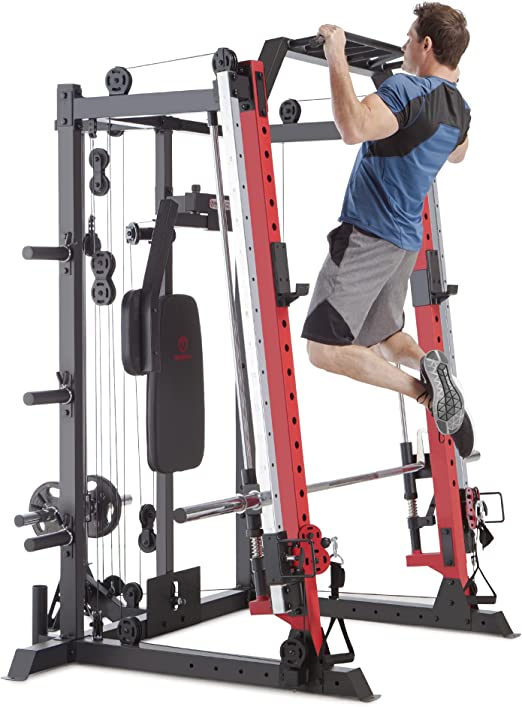
Marcy Smith Machine Cage System Home Gym Multifunction Rack, Customizable Training Station
